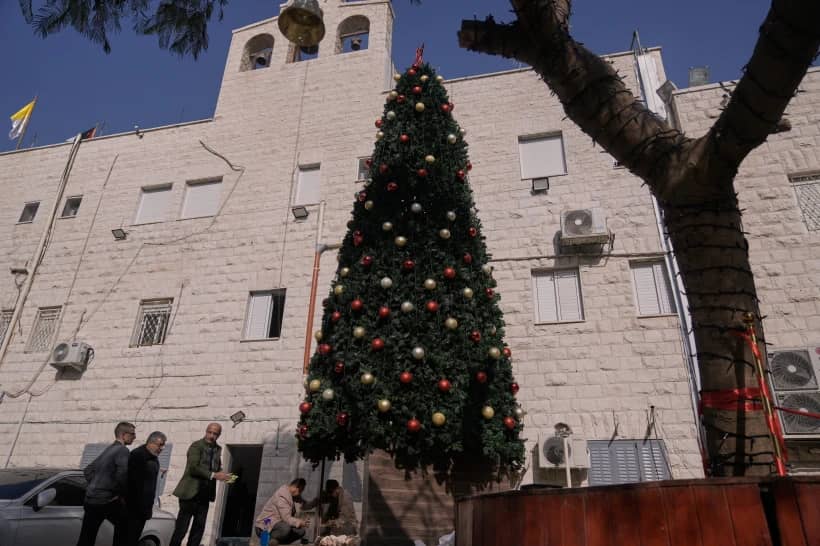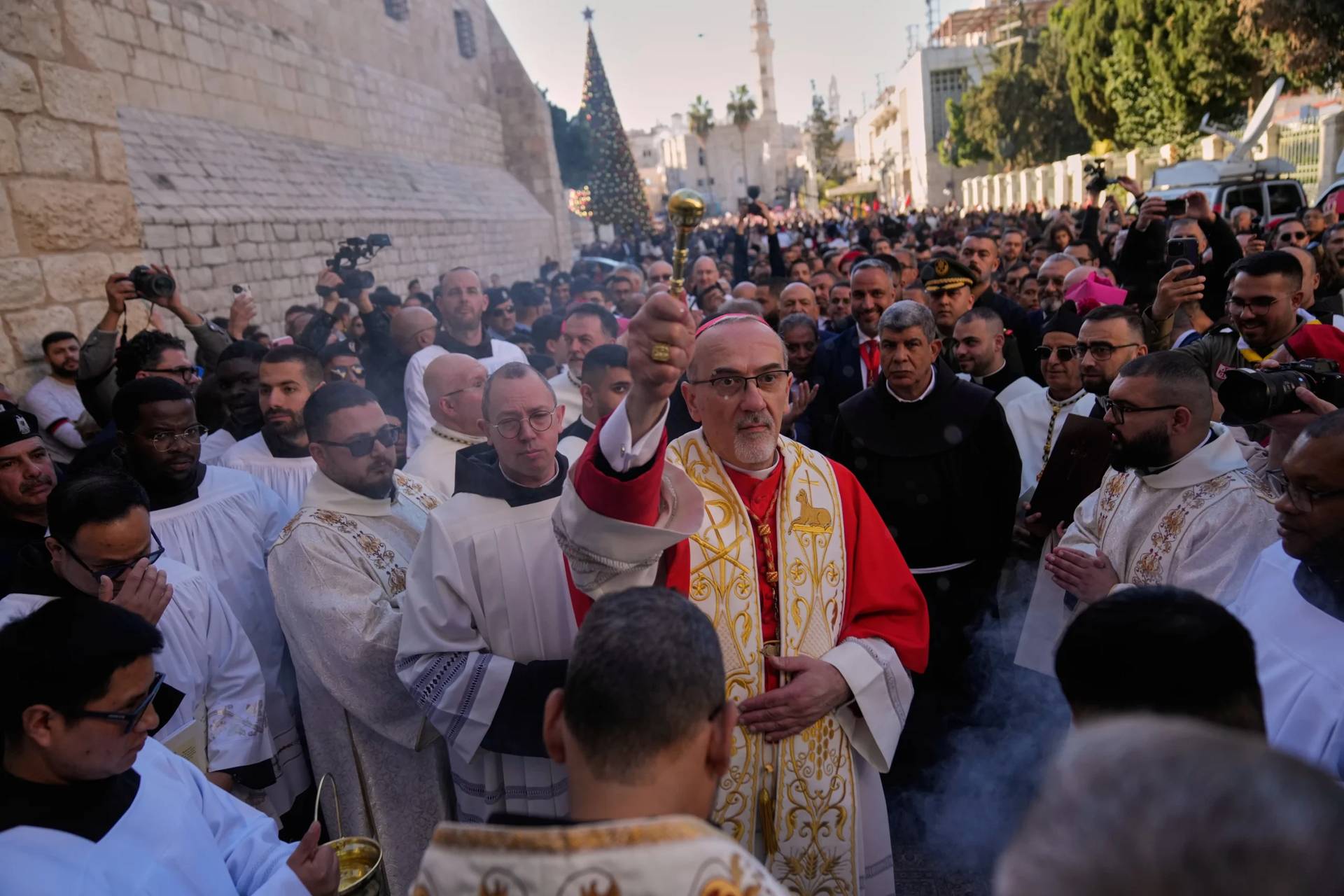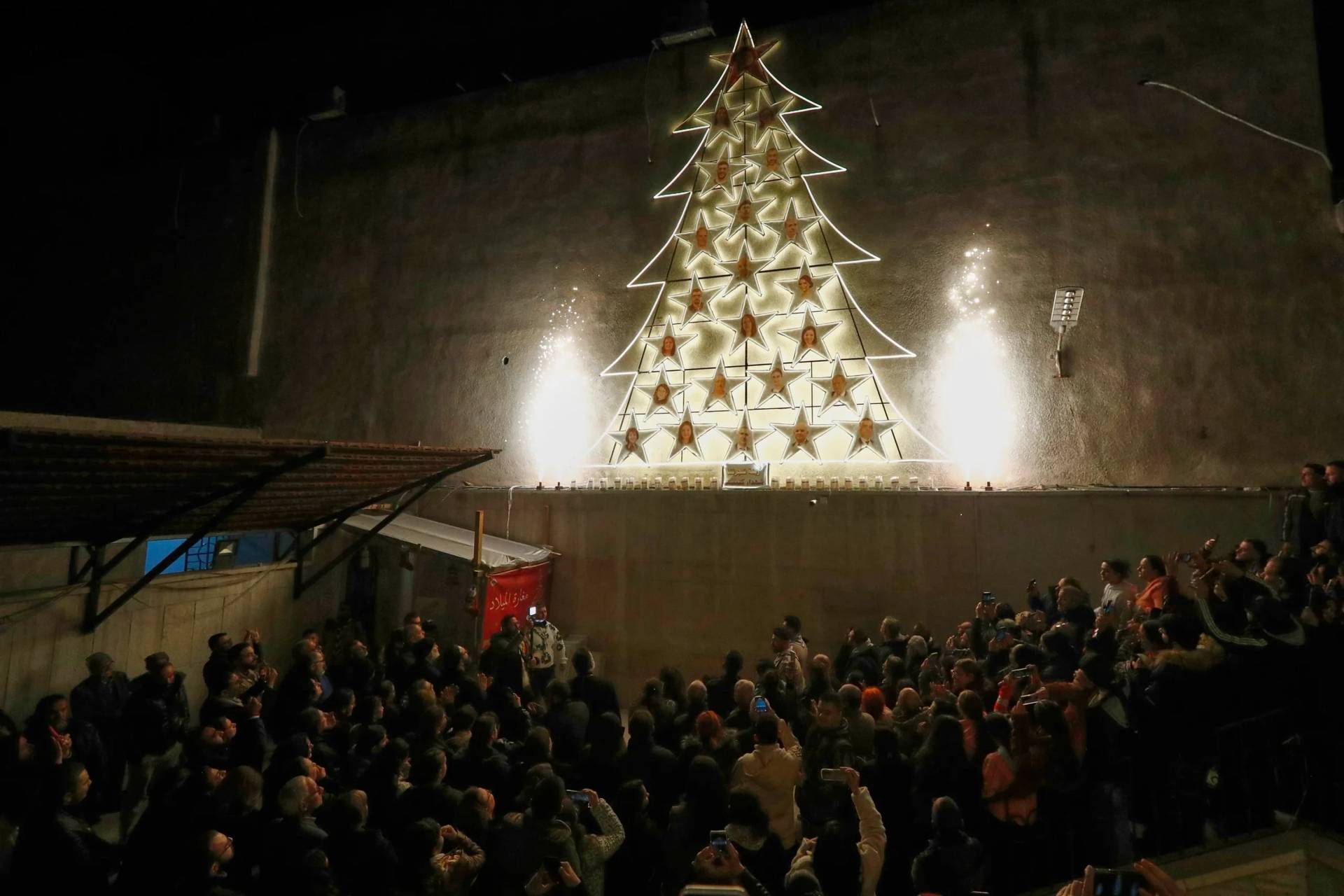ROME – When Pope Francis lands in Iraq March 5, his primary mission will be to encourage the embattled local Christian community, a population existing from the times of the Apostles but now facing extinction.
However, Christians are far from being the only minority that risks disappearing from the country.
The Middle East comprises a myriad of different religious, ethnic, and tribal minorities, all of which have co-existed through history and have preserved their rich identities and traditions over the centuries. The list of Catholic dioceses present in Iraq gives a glimpse of this diversity, as they include Chaldeans, Melkite, Latin, Syriac and Armenian Catholics.
Iraq also has Shias and Sunnis and Arabs and Kurds, and smaller minority groups like the Turkmen, Yazidis, Shabak, Sabian Mandaeans, Bahais, Kakais and Faili Kurds.
Most of the minority groups live in the province of Nineveh, some 250 miles northwest of Baghdad.
Despite their significant cultural and intellectual contributions to the diversity and prosperity of the communities in which they live, these groups are the focus of much of the contemporary conflict in Iraq.
Most recently, they have suffered from pro-Iranian Shiite militias, that rose after the fall of the Islamic terrorist organization known as ISIS or Daesh.
Under ISIS, Christians were crucified and Yazidi girls were placed naked in iron cages and burned alive. Even after the terrorist group was evicted from the region, the executions, beheadings, rapes and other brutalities left behind have left a still-bleeding wound.
Since ISIS was defeated, these minorities have slowly but steadily tried to go back to their ancestral homes, with the help of several NGOs, human rights activists, and international bodies such as the United Nations and the European Union.
But many will never go back: In a span of a few hours in August 2014, some 5,000 Yazidi men were brutally murdered, and some 7,000 women and children kidnapped, and the whereabouts of close to 2,500 are still unknown. More than 500,000 were then forced to leave their homeland in the Sinjar region.
At the same time, ISIS forced more than 120,000 Christians to flee towards Erbil, the capital of the Kurdistan region.
The largest Christian city in Iraq, Qaraqosh, a historic Assyrian town of about 50,000 inhabitants that is also known as Bakdida, was practically destroyed by the conflict. Half of the population has since returned, and many are expected to join the pontiff during his prayer with the local community at the Church of the Immaculate Conception on Sunday.
In 2003, the number of Christians in Iraq was estimated at about 1.5 million. Today, the number is difficult to determine, although the latest estimate from the pontifical foundation Aid to the Church in Need is that there are 300,000 Christians left in the country.
A minority group with its distinct language and customs, Shabaks are mostly Shia Muslims who are accused by Sunni extremists of being an apostate offshoot of Islam. There are an estimated 300,000 Shabaks in Iraq today, almost all in Nineveh.
The Turkmen are the third largest ethnic group in Iraq, after the Arabs and Kurds, estimated to number between 500,000 and 2.5 million, roughly divided between Sunni and Shia, though some are Catholics. they have their own language and tradition, and are often targeted by both Arabs and Kurds, who pressure them to assimilate.
Follow Inés San Martín on Twitter: @inesanma
















